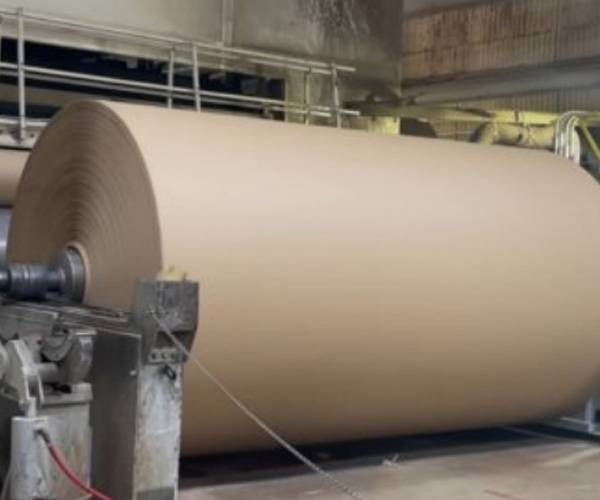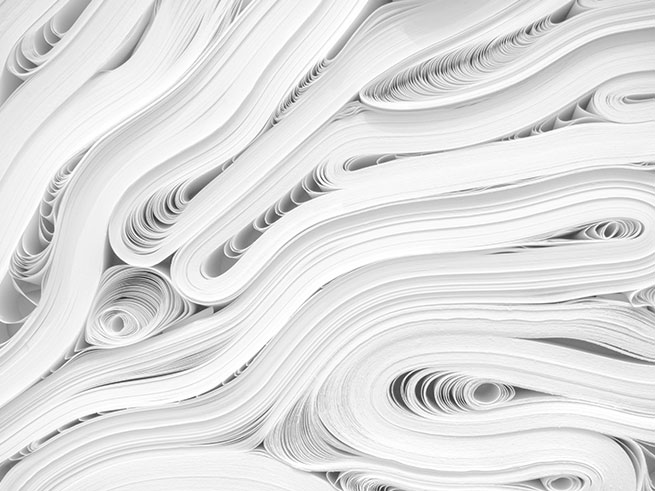Introduction
Printing paper is just one category among office paper, industrial-grade paper, and food-grade paper. However, not all printing papers will meet your specific needs. To find the best option for your project, you should consider several key factors. In this guide, we’ll walk you through what to look for when choosing printing paper.

Key Factors to Consider When Choosing Printing Paper
The most important aspect of printing paper is whether it’s suitable for your printing needs. Factors like absorbency, smoothness, glossiness, coating, and whiteness all play a crucial role in print quality. Let’s take a closer look at why each of these matters.
Absorbency
Absorbency refers to how well the paper absorbs the ink’s binder and solvent. This characteristic, also called ink absorption, directly affects the print’s color quality and gloss. High absorbency makes printed colors appear lighter and less glossy. Additionally, if the ink’s binder is excessively absorbed, the pigment particles are not well protected, leading to "powdering", where ink layers become loose and rub off. Low absorbency results in ink sitting on the surface, making colors appear richer. However, if the ink doesn’t absorb properly, it takes longer to dry, increasing the risk of smudging. For example, newspapers require highly absorbent paper for quick-drying and mass printing, while high-end magazines need less absorbent, glossy paper for vibrant images.
Smoothness
Smoothness measures how even and flat the paper surface is. The smoother the paper, the better it interacts with ink and printing plates. High smoothness results in even ink application and better detail reproduction. Rougher paper can cause inconsistent ink distribution, leading to grainy or uneven prints. Smooth paper is ideal for detailed images and fine text, while rougher paper is better for artistic or textured effects.
Glossiness
Glossiness describes how much light the paper reflects, affecting the final look of your print. High-gloss paper (like photo paper) reflects more light, making images appear more vibrant. Low-gloss or matte paper diffuses light, creating a softer, more subtle appearance. For image-heavy designs, glossy paper enhances color richness. For text-heavy documents, lower-gloss paper improves readability.
Plastic Coating
Coated paper has a thin layer of specialized coating, which affects how it interacts with ink. Coated paper improves ink holdout, meaning the ink stays on the surface rather than being absorbed. This results in sharper details and better color reproduction—perfect for magazines, catalogs, and brochures. Uncoated paper absorbs more ink, giving prints a softer, more natural look—ideal for books, letterheads, and office documents.
Whiteness
Whiteness determines how much light the paper reflects. It directly influences color accuracy and contrast. High-whiteness paper reflects more light, making colors appear more vibrant and ensuring sharper contrast. Lower-whiteness paper absorbs more light, which can dull colors and reduce overall brightness. For high-quality graphic printing, opt for brighter white paper. However, for long reading sessions, slightly off-white or cream-colored paper is easier on the eyes.
Conclusion
Choosing the right printing paper can significantly impact the quality of your final product. By considering factors like absorbency, smoothness, glossiness, coating, and whiteness, you can ensure the best results for your project.
If you need help selecting the perfect printing paper, Golden Paper is here to assist you. Contact us today for expert advice and high-quality paper solutions!
 GOLDEN PAPER
GOLDEN PAPER
 EN
EN
 fr
fr  de
de  es
es  it
it  ru
ru  pt
pt  ar
ar  vi
vi  tr
tr  id
id 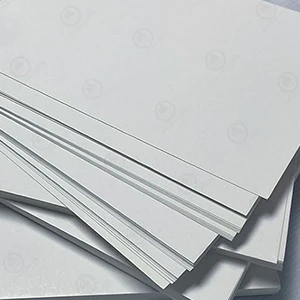

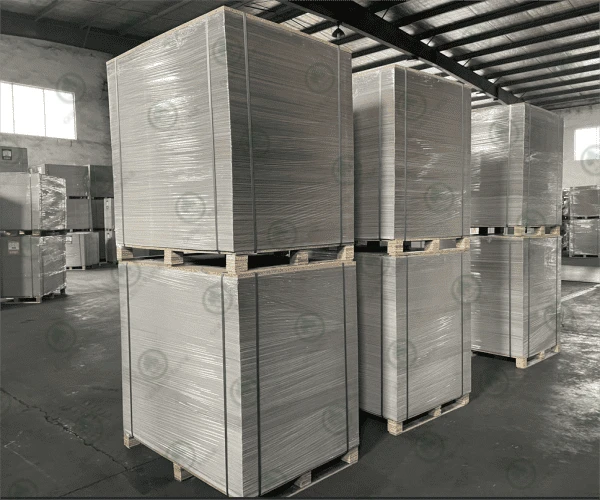
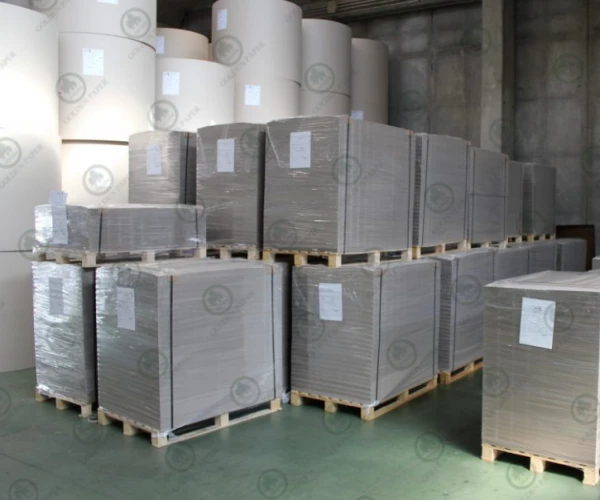

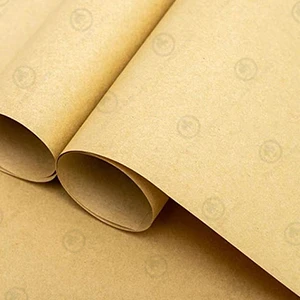
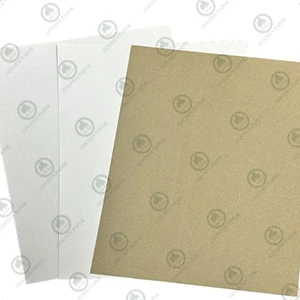

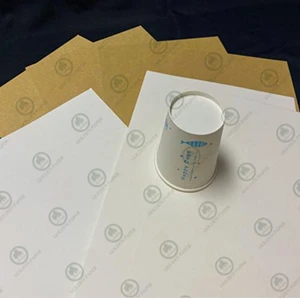
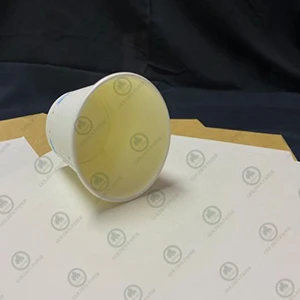
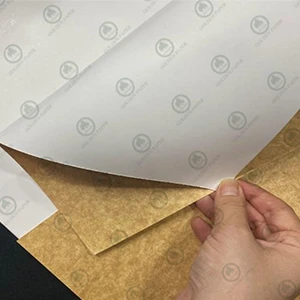
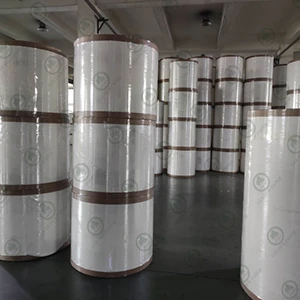
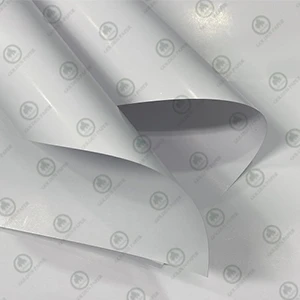
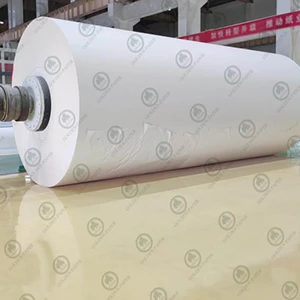
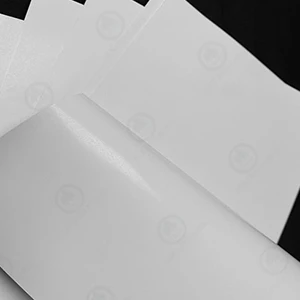
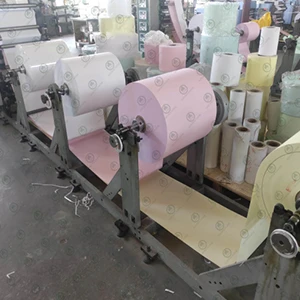
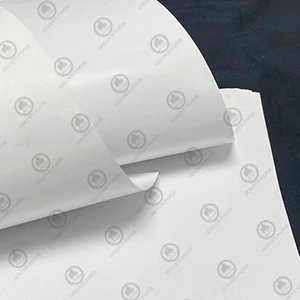
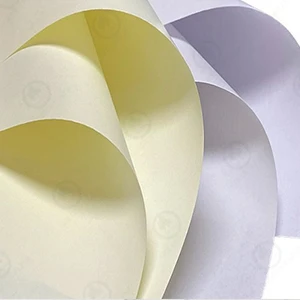
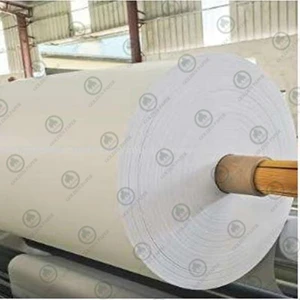
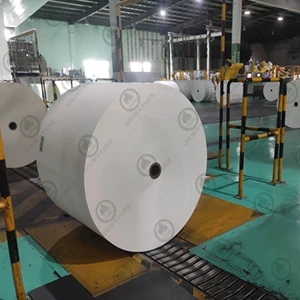
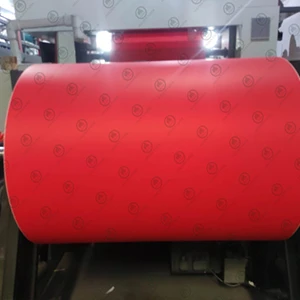

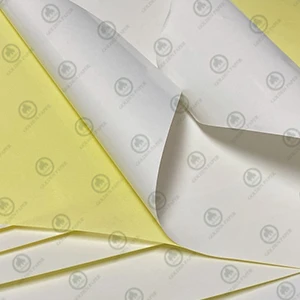
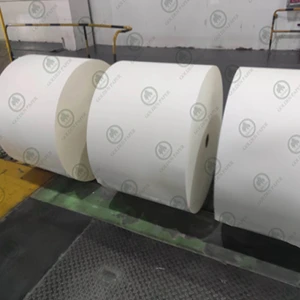
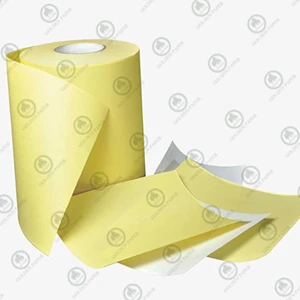
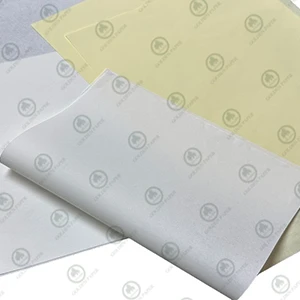
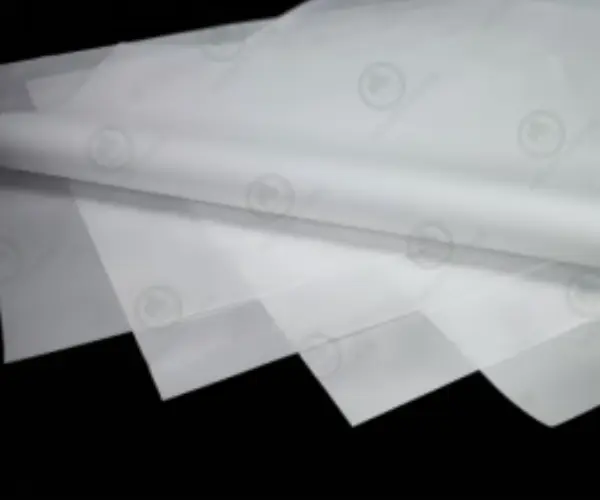
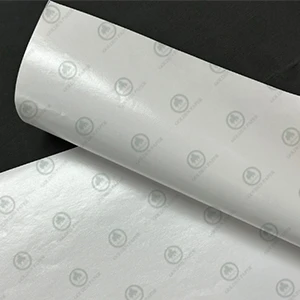
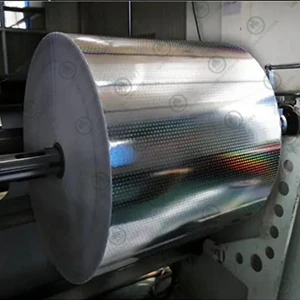
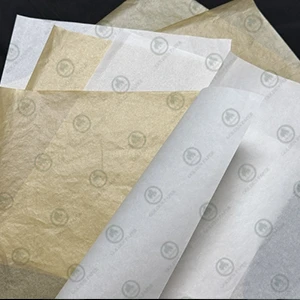
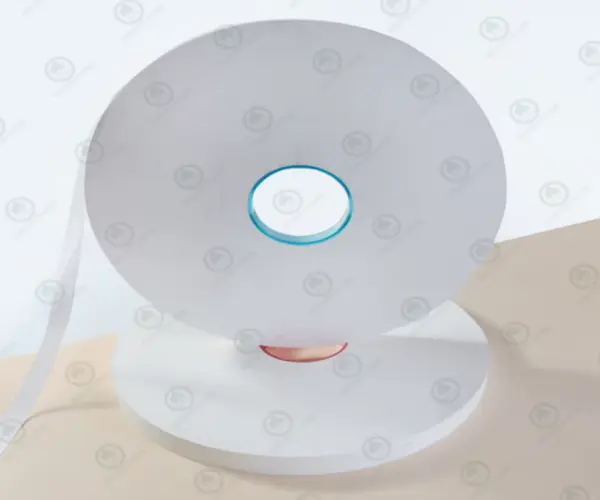
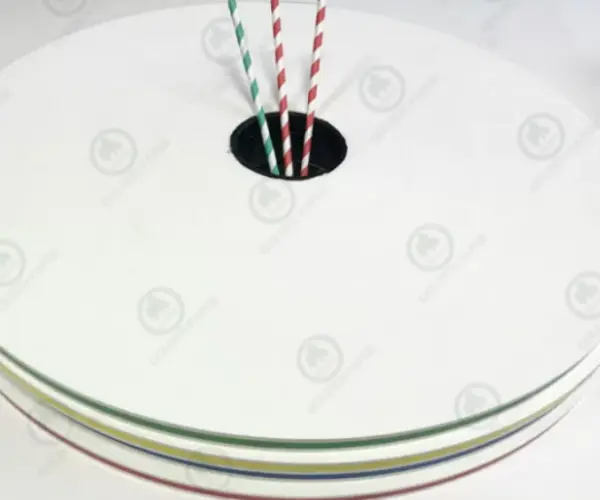
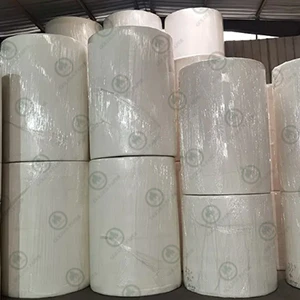

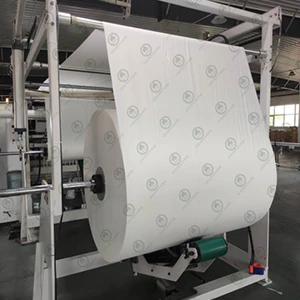
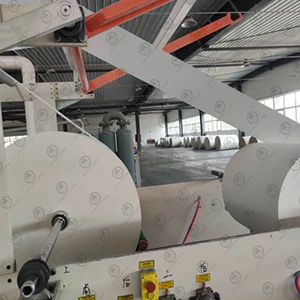

.webp)

